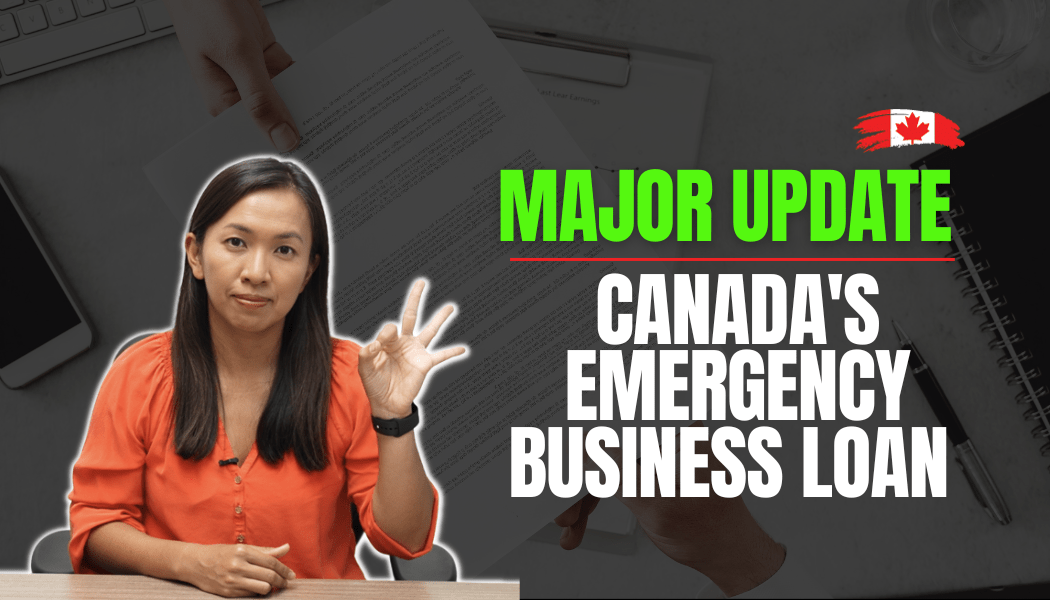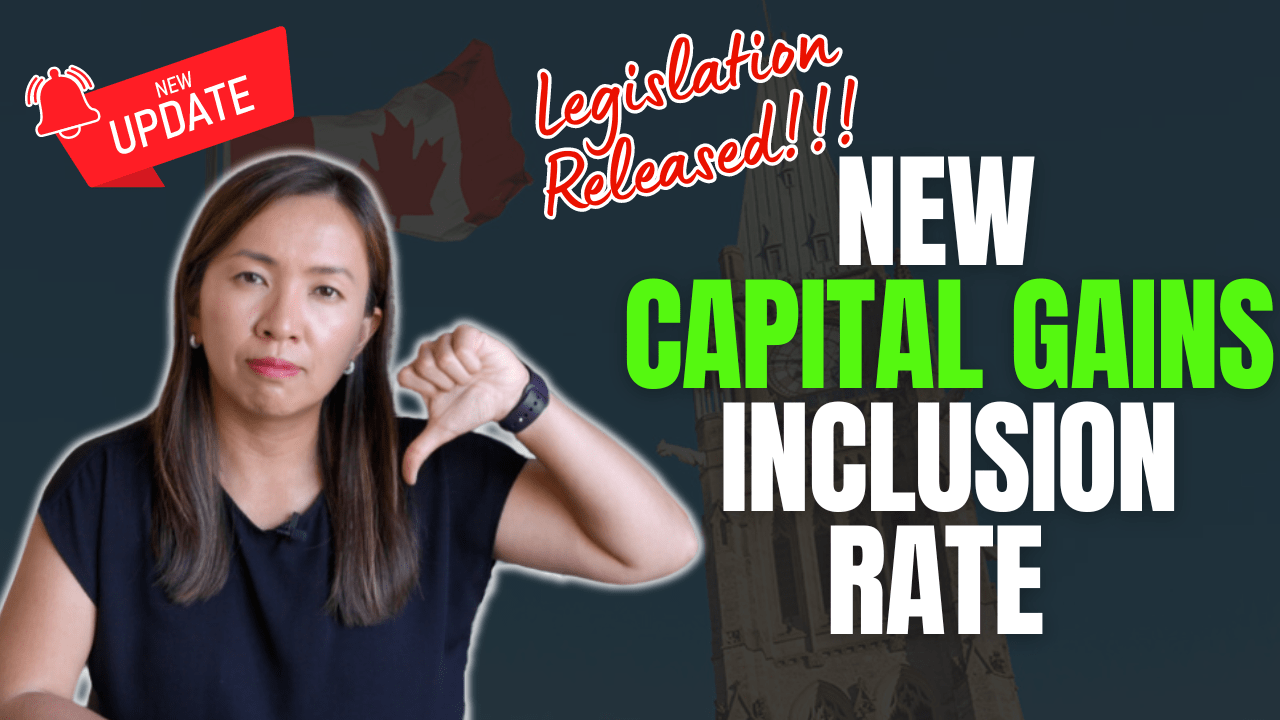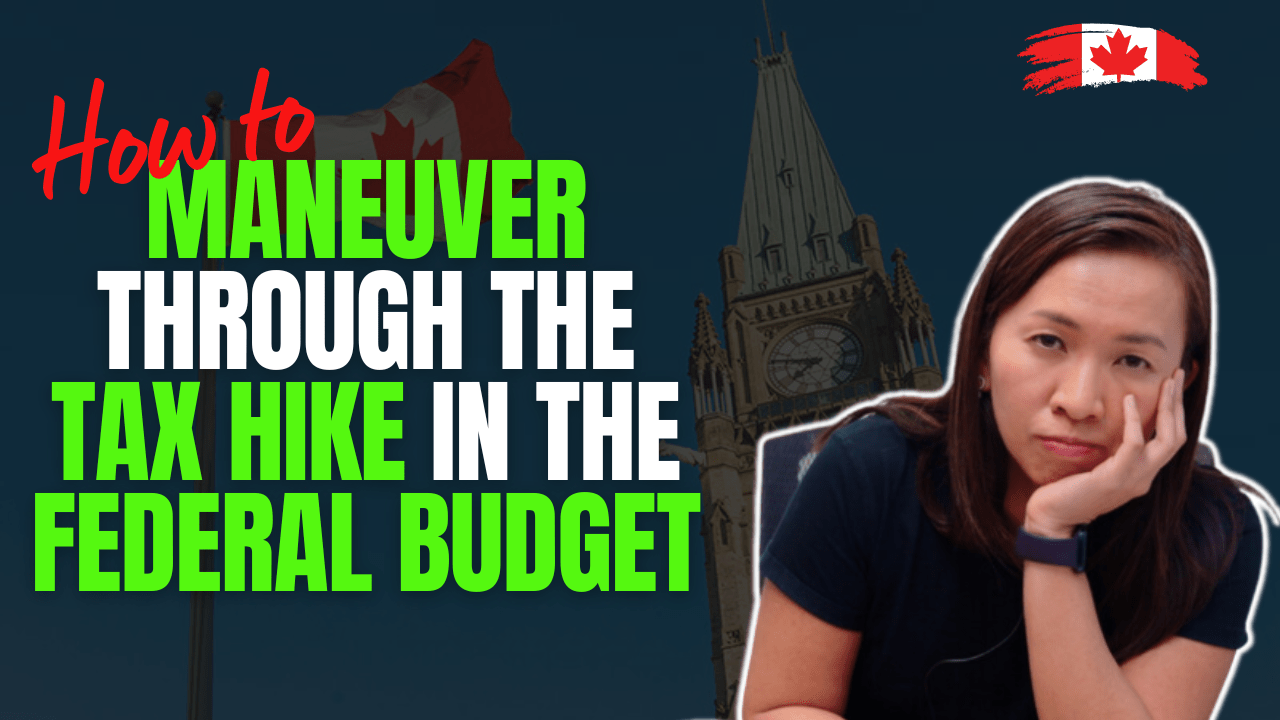The financial landscape for Canadian businesses has seen dramatic shifts in the recent past. Amid these changes, the Canada Emergency Business Account Loan (CEBA) has emerged as a lifeline for many entrepreneurs and business owners.
With the recent announcement of the loan’s repayment extension to January 18, 2024, businesses are now faced with a pivotal decision: Which repayment option to choose?
Understanding the CEBL Extension
Before diving into the details, let’s recap what this extension entails. The CEBA loan extension offers three distinct repayment options:
Full Repayment by the Extended Deadline: Businesses can opt to repay their loan by January 18, 2024, to take advantage of the loan forgiveness feature.
Bank Borrowing to Repay Government: This involves borrowing money from a bank and using those funds to repay the government. It’s a method that allows borrowers to leverage the debt forgiveness program, but it comes with the standard procedures of credit checks and prevailing market interest rates.
Government Term Loan: If a business cannot repay or doesn’t qualify for a bank loan, the government offers an automatic term loan. While this loan carries a manageable 5% interest rate, it doesn’t have the forgiveness feature.
The Financial Implications of Each Option
At first glance, each repayment option appears to cater to different business needs and situations. However, a deeper dive reveals some stark financial contrasts:
- Option One – Full Repayment by the Extended Deadline: This straightforward method means businesses can fully repay their loan by January 18, 2024. The primary advantage is the loan forgiveness feature, which essentially means businesses can repay a lesser amount than what they borrowed, resulting in significant savings.
- Option Two – Bank Borrowing: Despite the hurdles of credit checks and potentially higher market interest rates, this method offers an undeniable allure — the debt forgiveness program. If a business secures a loan, for instance, of $40,000 at a 7.2% interest rate spread over three years, the net gain, after accounting for the forgiveness amount, could be a substantial $11,360. This approach also provides flexibility, allowing businesses to allocate funds for other operational necessities.
- Option Three – Government Term Loan: This option might seem attractive with its flat 5% interest rate. But lacking the loan forgiveness component can translate to higher long-term costs. For a $60,000 loan, the interest amounts to about $2,000 annually or $6,000 over three years. Without the advantage of loan forgiveness, the financial benefits diminish.
Considering the potential net gains, Option Two appears to be the most beneficial for businesses capable of securing bank loans. The chance to tap into the loan forgiveness program, even with higher interest rates, offers a financial edge that the government term loan lacks. While the right choice depends on individual business situations, understanding the financial implications of each can lead to informed, profitable decisions.
Until next time, happy Canadian Real Estate Investing.
Cherry Chan, CPA, CA
Your Real Estate Tax Accountant





